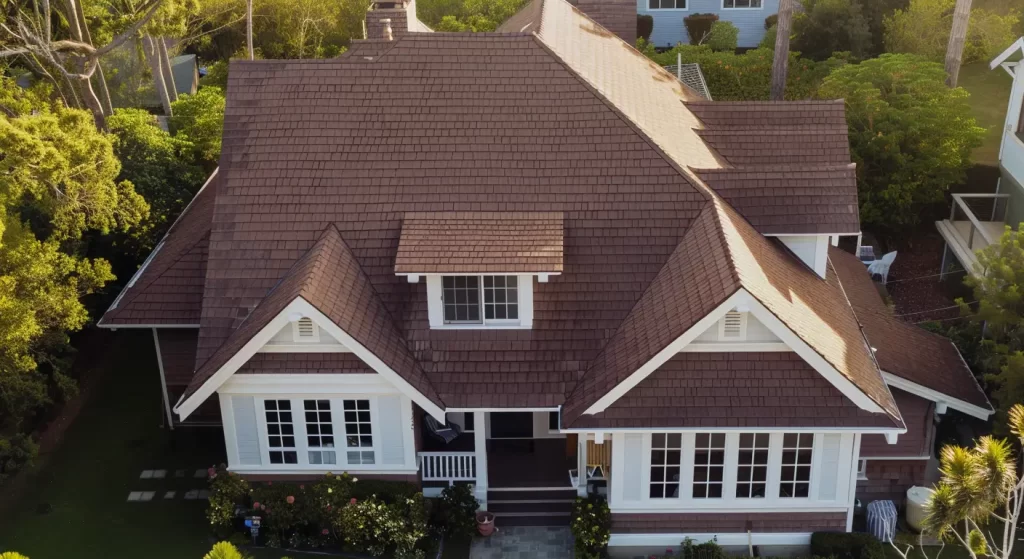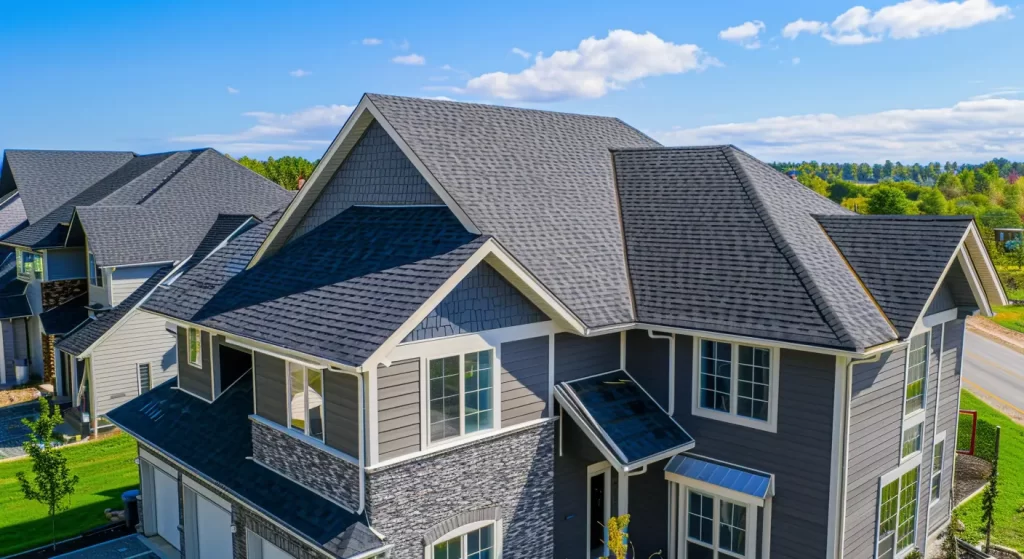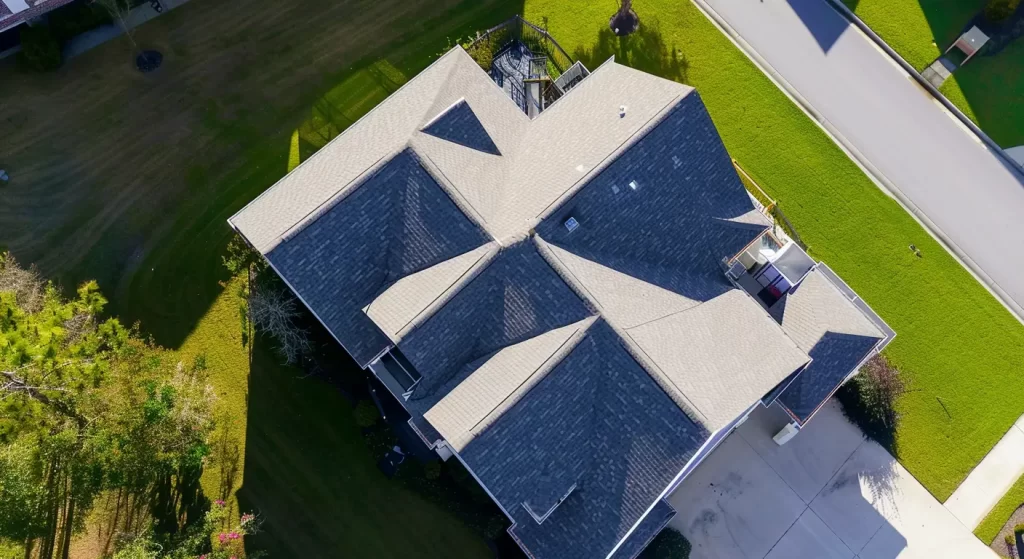Buying a new home is a major investment, and the condition of the roof plays a key role in its long-term value and safety. The roof protects your property from external elements, making a professional roof inspection essential during your decision-making process. Whether it’s signs of wear, aging, or water damage, evaluating the roofing system ensures you won’t encounter surprise issues after purchase. At Shield Roofing, with over 25 years of experience serving San Antonio, TX, we help you identify potential problems and protect your investment.
Assessing Roof Age and Materials
Understanding the roof’s age and the type of materials used is fundamental to evaluating its longevity and maintenance requirements. Each roofing material has a unique durability factor, influenced by climate, installation quality, and upkeep over the years.
San Antonio homes, for instance, may feature asphalt shingles, tile roofs, or metal roofs, each with varying lifespans. Knowing these details helps you budget for potential replacements or repairs. Next, let’s break down how to determine a roof’s age and the durability of common materials in San Antonio.
Determining the Roof’s Age and Expected Lifespan
Understanding a roof’s age is essential for assessing a home’s value and maintenance needs. Roofing materials vary in lifespan; asphalt shingles last 20–30 years, while metal roofs can last up to 50 years. Consulting a reliable roofing contractor during the assessment can reveal damage, previous repairs, and active warranties.
A thorough inspection should identify signs of water damage, such as discoloration or stains on ceilings and walls, indicating an aging roof. Homeowners should proactively address lifespan issues to avoid costly future repairs and plan their budgets effectively.
Common Roofing Materials in San Antonio, TX and Their Durability
San Antonio, TX offers various roofing materials, each with distinct benefits. Asphalt shingles are affordable and last 15 to 30 years, ideal for cost-conscious homeowners. Tile roofs provide aesthetic appeal and can exceed 50 years in lifespan but require a higher initial investment and proper support.
Metal roofing is gaining popularity for its durability, weather resistance, and energy efficiency, lowering heating and cooling costs. Understanding the characteristics and warranties of these materials helps buyers make informed roofing decisions during home purchases.

Inspecting Roof Structure and Surface Condition
The roof system’s structure and surface condition determine its ability to safeguard your home. Whether evaluating from the ground or requesting a detailed roof inspection, identifying visible issues like sagging, warping, or damaged shingles is critical.
Obvious signs of water damage—discoloration, rot, or mold—can hint at structural weaknesses. Shield Roofing recommends a professional evaluation to detect underlying problems before they escalate. Let’s discuss key indicators such as sagging areas, signs of warping, and damage to shingles or metal panels.
Signs of Sagging, Warping, or Unevenness
A sagging roof signals structural damage. Common in older roofs, it may result from deteriorated framing, water damage, or excess weight from storms or debris.
Warped or uneven surfaces can indicate rot or weakened supports. If ignored, these issues may lead to costly repairs. Use binoculars to inspect sagging areas or check the attic if accessible.
A healthy roof should have straight lines and a solid structure. Distortions warrant a professional roof inspection to avoid unmanageable repair costs. Additionally, inspecting shingles or tiles provides further maintenance insights.
Examining Your Roof for Damage
The condition of shingles, tiles, or metal panels reflects the roof’s health. Damaged materials can lead to water leaks, mold, and structural issues. When inspecting your roof, consider these points:
- Missing shingles or tiles create vulnerability to water damage.
- Leaks appear as stains, rust, or mold beneath the surface.
- Cracked or curling shingles indicate aging or poor maintenance.
- Mold growth signals trapped moisture in roofing material.
Inspect from a distance with binoculars or hire a roof inspector for a thorough evaluation. Identifying these red flags early allows for timely repairs before larger problems arise. Next, let’s address ventilation and insulation.

Checking for Proper Ventilation and Insulation
Proper ventilation and insulation are crucial for maintaining the roof’s energy efficiency and overall condition. Poor ventilation in the attic can trap heat and moisture, promoting mold growth and weakening the roof system.
Likewise, inadequate insulation disrupts your home’s temperature balance, leading to increased energy costs and diminished comfort. Shield Roofing’s experts emphasize the importance of inspecting these elements for long-lasting performance. Let’s first explore how attic ventilation contributes to roof longevity and then examine insulation’s role in preventing energy loss.
Importance of Attic Ventilation
Attic ventilation is crucial for a roof’s condition and lifespan. Without proper airflow, heat and moisture accumulate, compromising structural integrity and leading to warped shingles, mold, or discolored ceilings.
In San Antonio’s warm climate, effective vents are essential to release trapped heat. Roof ridge vents, soffit vents, and gable vents work together to enhance air circulation.
If your roof inspector finds blocked or inadequate vents, they may recommend upgrades for better airflow. Investing in proper attic ventilation protects your home and optimizes energy efficiency. Additionally, roofing insulation complements ventilation—let’s explore its importance.
Identifying Issues with Roof Insulation
Roof insulation enhances energy efficiency and protects your home from moisture and temperature changes. Poor insulation leads to increased energy use and fosters mold growth.
Check the attic for signs of inadequate insulation—drafts, high temperatures, or moisture. These issues can compromise comfort and lead to costly repairs. A roof inspector can assess whether your insulation meets modern energy-efficiency standards.
Promptly addressing insulation issues prevents damage and lowers energy bills. Combined with proper ventilation, this keeps your roof in optimal condition. Let’s summarize the importance of thorough roof inspections when buying a home.

Trust the Experts
Choosing the right roof is vital when buying a home. It’s not just about looks; a well-maintained roof affects your investment and peace of mind. By evaluating roof age, materials, structure, and ventilation, you can ensure durability and protection for years. A strong roof safeguards your home from the elements. For expert advice on roofing options tailored to your future home, contact us at Shield Roofing. We are proud to be an Owens Corning preferred contractor and GAF certified, with a BBB A+ rating, CTRCA membership, and recognition from Directorii. We ensure roofs are built tough and to last!
Read our blog: Emergency Storm Repair: What to Do if Your Roof Is Damaged
Frequently Asked Questions
How can I tell if a roof needs immediate repair or replacement?
Immediate repairs may be necessary if you notice warning signs like missing shingles, water stains on ceilings, or structural sagging. A roof inspector is essential to identify the extent of the damage and recommend repairs or replacement to avoid escalating the issue.
What kind of roof increases home value?
Durable and energy-efficient options like metal roofs or tile roofs add value to your home. These materials offer longevity, strong warranties, and reduced maintenance costs, making them attractive to potential buyers. Choose quality roofing for long-term benefits.
What is the best roof to have on a house?
The best roof depends on durability and drainage needs. Metal roofing offers exceptional resistance to harsh weather, while asphalt shingles are cost-effective. Regardless of type, lifespan and proper maintenance reduce costly repairs and ensure peace of mind.
